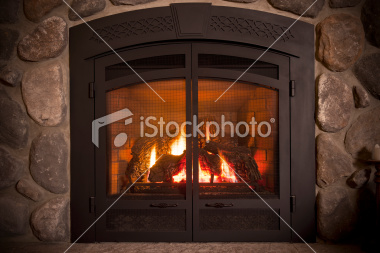The AfterWrath: Ice Dam Damage




Many of us are looking forward to the warm sunshine, water skiing, and shorts! Spring is long overdue after the winter we experienced. Dane county broke record snow falls and just when we thought it was all over, we got another eight inches. What weather patterns lie ahead? What else can we handle? Those questions aside, what signs do we look for on our homes to keep them working properly after dealing with this harsh winter? All of us are tired of hearing those two cringing little words “ice dams.” But the damage those ice dams cause can be more destructive and costly then getting in a fender-bender on the highway. What are ice dams, how do you know if you have damage and what can you do?
A Recipe For Disaster
In short, an ice dam is a ridge of ice that typically forms at the lower edge of the roof allowing water to pool behind it. Untreated water leakage from behind an ice dam can penetrate into the home which can cause exterior and interior damage.
Why should this matter to you now? Warm spring temperatures will promote moisture build-up due to the ice dams, leading to the growth of mold and mildew in your home. Not attending to the situation can cause health issues for you and your family; such as asthma, allergies, and other respiratory problems.
Not only will you have to deal with health issues; but exterior and interior damage will become apparent. On the exterior of your home, the layers of ice expand and contract at a rate that may have damaged the shingle bonding and caused them to come loose. When large amounts of snow and ice break free, sliding ice dams often destroy shingles and gutters and are unmerciful to anything in its path below. Not only will you experience problems with shingles, penetrating water will also cause the siding to stain and crack through the same expanding and contracting process.
Water that is prevented by the ice dam from escaping into the gutters then inevitably leaks inside causing interior damage. Staining on ceilings, walls, and around windows is the most apparent, but wires can also short out, wood floors warp, and carpets can be ruined. Also, water andmoisture can cause wood rot of structural members and failure of the insulation— leading to higher air conditioning and heating bills.
Dealing With The Aftermath
What can you do? The Cold Regions Research Engineering Laboratory (CRREL) performed studies on several buildings with varying degrees of ice dams. Through their studies, the CRREL have come up with these guidelines:
♦ Insulate the ceiling line to keep the attic space cold
♦ Ventilate the attic space or roof framing cavity to keep attic cold
♦ Specifying materials at ice dam locations to prevent leakage through roof underlayment
♦ Heating portions of the roof that could be susceptible to ice dam formation with gutter heater and heat tape
♦ Perform preventive maintenance prior to the winter: inspect and remove leaves, sticks, and other debris from gutters and downspouts in the fall
So breathe in the spring air, drop the top on the convertible, and call your exterior professional. Remember…waiting could cause further damage
In the above photos, the weight of ice dams caused these gutters to sag and bend. In the future they will begin to rust from the debris that won’t be able to exit correctly. Ceiling and wall stains show where water backed up under the shingles and leaked into the attic. If untreated, this could be a potential site for the growth of mold and mildew. Behind walls, wet studs can begin to mold and mildew and be a health threat for your family.






